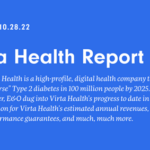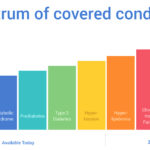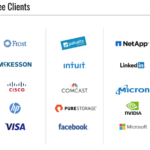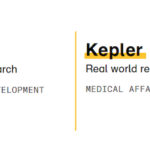Over the past few weeks, a couple of E&O subscribers wrote in to ask if I’d heard whether the Health Assurance Acquisition Corp. SPAC run by a team comprised mostly of ex-Livongo founders and executives was eyeing Virta Health or Omada Health.
While I don’t have any inside information on their SPAC’s acquisition target, my guess is it will be Color, formerly known as Color Genomics.
This 2,500-word report is a quick investigation into the HAAC SPAC and why my pick is Color.
(But first, a note on sources: Health Assurance Acquisition Corp. (HAAC) might be the only SPAC that filed its paperwork after publishing its thesis as a 134-page book called UnHealthcare: A Manifestor for Health Assurance. The team behind the HAAC SPAC also writes a Medium blog and produces a podcast — both under the Health Assurance brand. The sources for this report also include a number of documents I found after digging around the internet as well as the book, blog posts, and podcast mentioned above.)
Why they won’t buy Virta or Omada
The two Livongo co-founders who are still on the Teladoc board post-merger, Glen Tullman and Hemant Taneja, are unlikely to acquire one of Livongo’s big competitors so soon after the $18.5 billion merger and while still sitting on the combined companies’ board. If that’s not enough for you to believe a Virta or Omada acquisition is unlikely, consider that they have said — repeatedly — that their next focus will be to make it easier for more Livongos to scale and succeed. Here’s a quote from Taneja from a Jessica DaMassa-led THCB video interview in August 2020 — just a few weeks before they filed their draft statement for the SPAC:
“Frankly, it was very intentional that we wanted Livongo to become a blueprint for how companies are built in this space. Companies that truly don’t have the mindset of disrupting. They have the mindset of partnering. Companies that have the mindset of serving the consumer first and foremost, the mindset of bringing rational economic behavior in the space so it’s ROI-driven, clinical outcomes-driven, bending the cost curve. For the next decade, the three of us, the way we think about our work is: ‘How do we get a thousand Livongos to bloom? How do we make sure that the transgender community gets the same kind of consumer-directed virtual care? How do we make sure that women’s health is delivered in the same way?”
You don’t get a thousand Livongos to bloom by acquiring a thousand Livongo competitors. So, despite the chatter, that’s not the move. Their next company will focus on the underlying infrastructure that they believe is missing to enable digital health companies like Livongo.
Commure’s platform will be the backbone
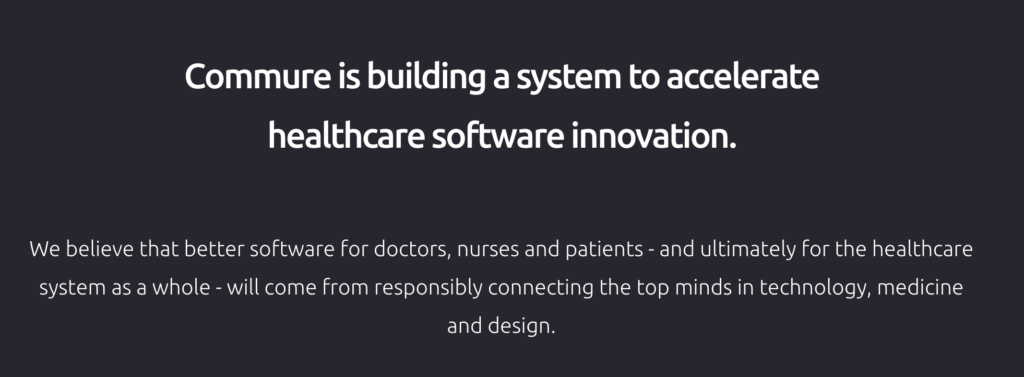
Besides Color, which we’ll get to in a minute, I think the HAAC SPAC will pull in at least two other, smaller companies that Taneja and his team at General Catalyst have created in recent years: Commure and Tendo Systems.
The less stealthy of the two is Commure, which Taneja introduced via a Medium post back in February 2020. (Notably, the post also included this familiar mission statement: “Success for us at Commure and General Catalyst will be seeing 1,000 Livongos bloom using our technology…”) Here’s how he explained Commure at the time, which he said was just the “first phase” for the company:
“Today, we’re opening the Developer Platform, which offers developers an array of APIs and SDKs for building, distributing and deploying software for the healthcare community. Our goal with Commure is to enable thousands of talented developers to create empathy-driven solutions with the potential to positively impact the healthcare experiences and outcomes for millions of people…
“We built Commure to support the work of software engineers and teams who are looking to move the needle in healthcare. We built it for doctors who code and who are intimately acquainted with the challenges their profession faces in the day-to-day. And we built it for the established vendors who want to move technology forward by embracing those that will bring a fresh point of view to an otherwise staid industry.”
Taneja and the team behind Commure have referred to the company’s ambition as creating a true AppStore for health tech, which is pretty on the nose since they also talk about the pandemic (and post-pandemic) era as being the iPhone moment for health tech.
Commure will help health systems create their own digital front ends tools and apps, but its “FHIR-native platform” will also be a consumer-directed health information exchange between these traditional health systems and emerging virtual first care providers like Teladoc-Livongo. It’s an ugly word from the pre-Meaningful Use era, but I think Commure will attempt to bring back the untethered PHR. Commure’s platform will also make possible an AppStore-like shopping experience for consumers to choose between health tech service providers.
Tendo’s monthly membership plans will be the front end
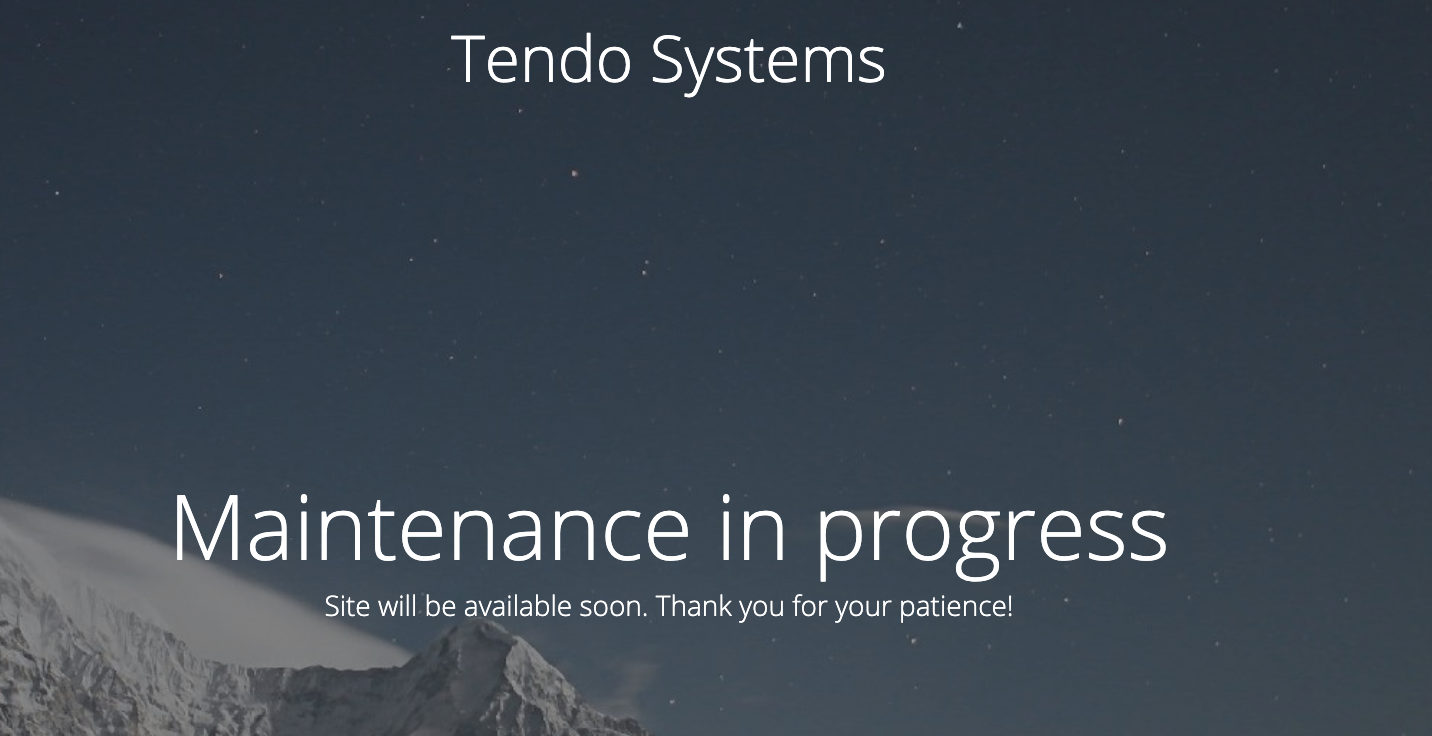
The other General Catalyst created health tech startup that I think will become a part of the company that the SPAC ultimately creates is Tendo Systems. This stealthy upstart has yet to be introduced via Medium post but here’s a bulleted list of things I’ve learned the startup hopes to offer, at least according to its trademark filing:
- Apps for aggregating and analyzing personal health and medical data
- A subscription-based service for medications
- Referral services via an online platform to connect patients and providers
- Financial administration of healthcare reimbursement programs
- Patient relationship management software
- Consulting services for healthcare providers
- Chatbot-like services for simple medical issues
- Text, phone, and email services for appointments
(I found similar trademarks for almost identical lists of services under the names Longview Health and Atria Health. So, any of these might be the ultimate brand of the combined company, if they decide not to make Color the overarching brand.)
I think what Tendo is working on will eventually be a big part of the consumer experience of the merged company. Tendo’s list of offerings also indicates a key piece of the business model: a monthly subscription. It also indicates a willingness on Tendo’s part to get into financial administration, which is an area that I believe the eventual company might do some groundbreaking work in — to expand access to digital health services to lower-income, under-served patient populations.

From the UnHealthcare book:
“The post-COVID economic downturn is amplifying the opportunity by tossing so many Americans off their health insurance. As of this writing, more than 22 million people had filed for unemployment, and a lof those works no doubt lost health insurance when they lost their jobs. So we are at a moment in time when a surge of people will need insurance and may be open to alternatives to the incumbents.”
The book also points to the rise in high deductible plans, which have shifted so much of the cost to consumers that they look more like self-pay plans now. Here’s the book’s conclusion on this topic:
“Here’s how the financial side of health assurance will likely work. In the next few years, if there are no major policy changes by the federal government, more consumers will choose a low-cost, high-deductible policy meant to cover catastrophic health problems. For routine or predictable needs — even including something like knee replacement or childbirth — consumers will increasingly choose to opt out of the traditional system and pay out of pocket.”
So, as the name indicates, “health assurance” will often operate outside of traditional health insurance, but won’t that leave people who still can’t pay out of pocket behind?
A charity owns 10 percent of the HAAC SPAC
The Health Assurance Acquisition Corp. SPAC is unusual in its set-up in a number of ways. (Many of which are over my head.) One thing that jumped out to me though was that 10 percent of the company as it stands today is owned by a charitable organization named the Health Assurance Economy Foundation. That foundation is based out of Commure’s offices and Commure’s CFO is signing SPAC documents on behalf of the charity.
Before we get to my theory on this group, here’s an important background quote from one of the SPAC’s board advisors, Stephen Klasko, the CEO of Jefferson Health (and co-author of the UnHealthcare book):
“From the beginning, Hemant saw — even when we got into some of our initials discussions — he saw this as sort of an altruistic as well as, obviously, a business model where this could start to transform health. So, I think the issue of being patient and saying, this isn’t about building Livongo and then, you know, just building other Livongos just to build Livongos. This issue is how do we really get to bring together some health systems that get, some founders that get it, to create a health assurance model. And where we’ve really been concentrating on is: How do we do this responsibly? And how we do we do in a way that doesn’t just make the wealthy healthier? That’s the other thing. We don’t want this to just be: [Only] everybody with an Apple Watch 6 can utilize this stuff.”
Klasko is also on record as stating that healthcare providers in the US shouldn’t even know that a patient is on Medicaid, because it is stigmatizing. I could see the SPAC’s company administrating the financial piece of this and keeping the payer’s identity blinded from the health system or virtual first care provider.
In any case, I wonder about this charitable organization. Will the proceeds from the transaction and whatever earnings the charity’s 10 percent stake (or whatever size it ends up being after the deals are done) fund care for those in need? Will it subsidize a tier of the membership program for a lower-income patient population? The HAAC SPAC team is fond of referencing the early days of Blue Cross when it only cost $0.50 a month.
Where health systems like Jefferson fit in
The UnHealthcare book was written by both Taneja and Klasko. Clearly, Klasko’s involvement is the first clue, but not the only, that the eventual company will work closely with health systems. Commure is already building apps in partnership with health systems — at launch, and that was a year ago now, it said it had relationships with health systems that took care of 30 million people. Tendo’s trademark filing makes clear it will provide consulting services to health systems (assumedly building digital front ends for them), and it will facilitate a referral system that connects patients to providers.
I imagine the HAAC SPAC company will use this referral system to send its members not just to its traditional health system partners, but also to virtual first care providers like Teladoc-Livongo. The platform could also help health systems forge more relationships with these virtual providers, as needed, as an extension of their own virtual care capabilities. Traditional health providers lost significant revenue during the pandemic, while health insurance companies generally did well. I could see the HAAC SPAC leaning into that as they partner with providers to help them better compete with insurance companies’ growing portfolio of virtual care offerings.
Where virtual first health care providers fit in
Clearly, the HAAC SPAC team sees health assurance as a way to seed the market so that 1,000 Livongos will flourish. I am curious to see how they pick partners for this new platform. In her current LinkedIn bio, Dr. Jenny Schneider, Livongo’s former president and a board adviser to the HAAC SPAC writes:
“In October of 2020, I joined the Board of the Health Assurance Acquisition Corp… our mission is to partner with leading health and care businesses leveraging technology. We aim to support their efforts to become iconic category winners that accelerate the digital transformation of existing healthcare into a new system of health assurance.”
Overall, it’s vague, but the phrase “category winners” suggests a tighter group of partners than the AppStore analogy.
Why the HAAC SPAC will choose Color as its big acquisition
So, that was all background for this prediction. My guess is that the HAAC SPAC will acquire Color, (which, incredibly, owns the URL color.com). How does a genomics company fit into this grand scheme of health assurance? Of all the companies to spend their $500 million on — why Color?
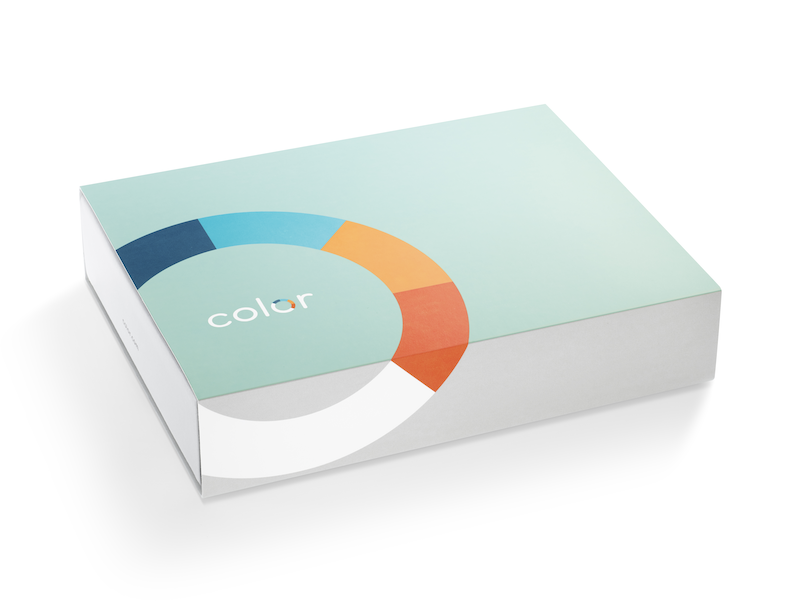
Here’s the high-level pitch toward the end of the UnHealthcare book that describes part of what I think the HAAC SPAC will build:
“Instead we may see more people rely on a health assurance account, perhaps funded by employers… We’ll use such an account to pay for services that keep us healthy, such as routine doctors visits, health tech services, fitness training, and psychologists. Because each of us will be controlling the money, we’ll make better decisions based on price and quality… For big health problems, many consumers will buy catastrophic insurance with a high deductible… If you are generally healthy, you can use your health account to stay healthy. You will recognize that health is holistic, tying together your physical and mental state, what you eat, how you exercise, how you sleep, where you live, your income, your lifestyle, and your genetics. You’ll be able to use apps that tie all of that together and collect data from devices you wear or software you use. The data will feed an AI that can learn your patterns…”
You see where this is going.
Genetics is mentioned there, but it comes up quite a bit in the HAAC SPAC team’s recent interviews. Using genetics as a starting place to activate patients, to make them aware of potential genetic risks and then suggest actions they can take, is already a part of Color’s business model. An AppStore like model of referral options would supercharge it. (Color is already a key partner in the NIH’s massive, one million-person All of Us study, where the company, among other things, produces reports for participants that explain their results and actionable next steps.)
But Color isn’t simply a genomics company anymore. The company has operated a large COVID testing operation during the pandemic, and in recent weeks it has begun to reposition itself as a population health and public health infrastructure company with a mission to “make health services accessible to anybody.”
About a week ago on the Health Assurance podcast, Color’s Chief Commercial Officer Caroline Savello echoed much of what the HAAC SPAC team has been saying and predicted that the pandemic will cause people to rethink how access to basic health care services works in the US. She said it is going to “change very fundamentally” in the next few years:
“The hurdles of genetics have been so much more around access than been around the usefulness of it. And so as we change what access looks like for these basic healthcare services, the infusion of data and information from things like genetics is going to change the way that we actually can target sort of interventions to people. The more and more widespread [genetics] becomes… the more data and information we have, the faster the science will accelerate on. So, that’s kind of step one. Step two is also being able to tie that to simple follow-on health care services. [That] is also the missing bridge that we’ve been working on.”
That’s a familiar vision. (Check out the “health systems” page on Color’s site for a more comprehensive run-down.)
Color just raised a $167 million Series D led by Hemant Taneja at General Catalyst. Yes, Color is a portfolio company of the firm that is sponsoring the SPAC. That round valued the company at about $1.5 billion, which is in line with the $500 million the SPAC raised to acquire its target company (SPACs usually buy companies that are worth two to three times more than they raise). Its founders have been at this since 2013 and it is almost certainly ready for an exit.
When Tullman and Taneja founded Livongo, they started by acquiring a tiny, cellular-connected glucose meter company called EosHealth. While it’s obviously on a much grander scale from the start, I think acquiring Color and building a much more ambitious health assurance company around it is a similar approach. (Update: As I wrote in the long-form report E&O published on Livongo just before its IPO, in the early years Tullman often described Eos as a cellular-enabled glucometer startup, but it had accomplished much more than that at the time of acquisition. For example, Eos already had big employer deals in place with companies like 3M as well as government entities like the state of Arizona and cities like Houston, Seattle, and Anaheim.)
While the HAAC SPAC first filed its paperwork in September 2020 and debuted on the stock market at the end of the year, it hasn’t revealed any more of its plans. A few days ago, a firm owned by hedge fund investor Israel Englander disclosed that it had acquired a small minority stake in the SPAC.
I think they will reveal their plans soon.
What do you think? Is the HAAC SPAC going to acquire Color and fold in Commure and Tendo? Does the charitable organization that owns 10 percent of the SPAC serve another purpose? Did I miss anything important?
